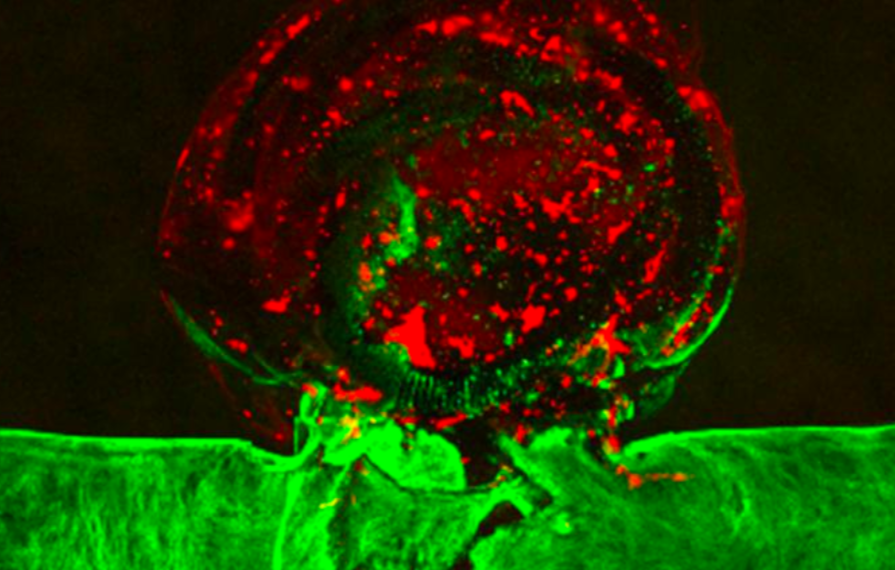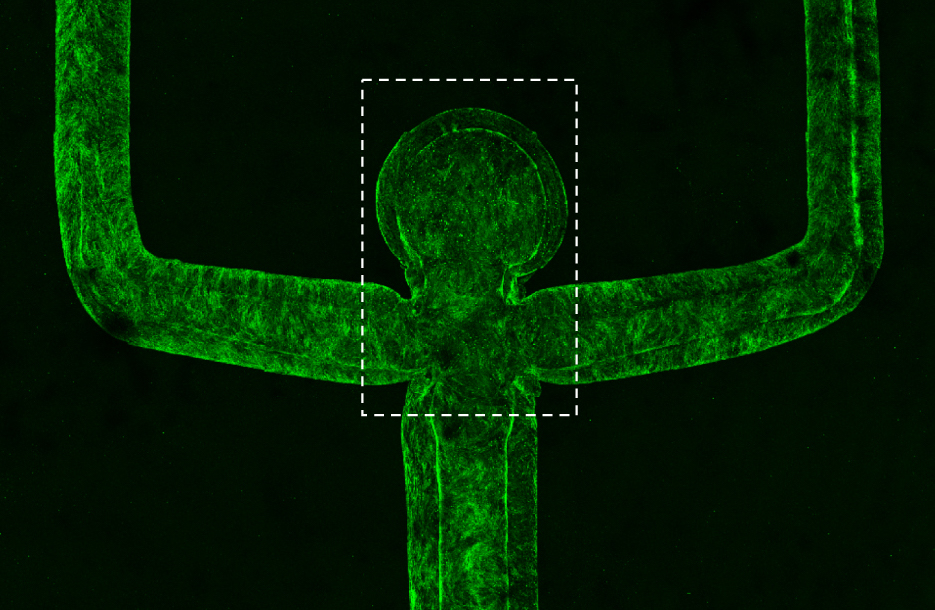China3D printingNet October 28th, researchers from Lawrence Livermore National Laboratory, Duke University and Texas A&M have successfully bioprinted the first aneurysm that can survive outside the human body.
Passed by a team led by LLNL3D printingThe blood vessels in human brain cells create an aneurysm and choose to undergo medical procedures to see how it heals. The researchers claim that their findings can be combined with computer modeling methods to develop treatments for patients with brain emergencies based entirely on the geometry of individual blood vessels.
Monica Moya, the lead researcher of the project, said: “Having this powerful in vitro test platform can help promote new treatments. If we can use these devices to replicate as many aneurysms as possible, we may It will help accelerate some of these products into the clinic.
Although there are many feasible treatment options, there is still a lot to go. “
 3D printingAn aneurysm is the first aneurysm that can live outside the body” alt=”The team led by LLNL believes that their3D printingAn aneurysm is the first aneurysm that can live outside the human body” width=”620″ height=”395″ />
3D printingAn aneurysm is the first aneurysm that can live outside the body” alt=”The team led by LLNL believes that their3D printingAn aneurysm is the first aneurysm that can live outside the human body” width=”620″ height=”395″ />
The team led by LLNL believes that their3D printingAn aneurysm is the first aneurysm that can live outside the human body. Picture from LLNL.
Development of a new additive treatment for aneurysm
An aneurysm is essentially a medical emergency in which a person’s arteries begin to “swell” in the brain, causing subarachnoid hemorrhage (SAH). This disease is caused by an abnormally inherited genetic weakening of blood vessels. This genetic weakening affects some people. If this “balloon” bursts, it may cause severe brain damage or even death.
Surgical clamps are the standard treatment for aneurysms. In this procedure, clamps are placed around the affected area to isolate it from the main blood flow, but the procedure is highly invasive. In cases where the bulge occurs in an inaccessible area of the brain, the use of platinum coils for endovascular treatment has become an increasingly popular option.
Putting these coils into an aneurysm can form a blood clot, preventing further damage, and in some cases, the process can even lead to cell regeneration. Compared with traditional surgical clamp methods, in addition to being less invasive, coil-based therapy is cheaper, has a shorter recovery time, and has fewer complications.
The success of the platinum coil has prompted various scientists to try to optimize it, but so far, it has proved difficult to predict the outcome of the new device. Previous studies have simulated the performance of coils on common aneurysm shapes or used animal models, but this treatment has not been proven to be cross-compatible.
Moya explained: “Animal models are not necessarily the best way to try these options. They lack direct observation of the effect of treatment, and the geometry of the aneurysm cannot be controlled.”

The researchers’ aneurysm “dome” (pictured) was created using endothelial cells to replicate those found in the human brain. The picture comes from the IOP Science journal.
The team led by LLNLbiology3D printingAneurysm
In order to effectively monitor the healing effect of the coiled intravascular device, the research team suggested that it could be tested on a bioprinted model made from human cells. More importantly, if the creation of these aneurysms is the same as the computer model, the researchers believe that they can be verified more accurately and easily compared to the current one.
“We think that if we can combine computational models with experimental methods, maybe we can come up with a more deterministic method.” William Hynes, who is in charge of the project, said, “Now, we can start to establish what surgeons can use The framework of a personalized model.”
The LLNL team used a sacrificial bio-ink made of Poloxamer 407 copolymer to print the blood vessels attached to the aneurysm and surrounded it with a dome-shaped protein-based hydrogel. After printing, the system was cooled to only 40 degrees to dissolve the ink and preserve the blood vessel structure of the team.
Human brain cells were then introduced to “coated” the model, and cultured for 9 days to allow both blood vessels and aneurysms to grow. Then, the researchers deployed two coils using microcatheter insertion technology, placed the tip of the device on the neck of the aneurysm, and activated it with an electrolytic push wire.
Using a microscope-based method, the team was able to observe the process in real time and noticed that the endothelium began to heal itself shortly after the test.In the future, researchers believe that their3D printingThe method can be combined with computational modeling so that the surgeon can perform a “trial run” before operating on a real patient.According to China3D printingNetwork understanding,
Excitingly, the platform mimics the vascular compliance and mechanical stiffness of brain tissue, which makes it ideal for use as a training platform for surgeons or an in vitro testing system for embolization devices. “
pass through3D printingEnhanced brain disease treatment
The brain is the most complex organ in the human body, and treating brain diseases is still challenging, but recent advances in bioprinting technology have increasingly provided insights for more effective treatments.A group of researchers at Tsinghua University adopted3D bioprintingThe brain-like tissue structure can cultivate nerve cells. The brain network has been successfully integrated into the brains of experimental mice and has shown great potential as a means of testing drugs.
Similarly, scientists at Oxford University and the Chinese University of Hong Kong have created a novel bioprinting method that allows them to better understand the development of the human brain.The team’s new process allowed them to integrate human cortical cells with natural and unnatural cell designs.3D printingInto the soft, biocompatible ECM Matrigel.
Elsewhere, researchers at Seoul National University Hospital and Pohang University of Science and Technology have bioprinted the “glioblastoma monolithic” device to better understand cancer cells. The team’s cell-based research allowed them to create predictive models to determine the effectiveness of certain glioblastoma drugs.
China3D printingnetOriginal article!
(Editor in charge: admin)


0 Comments for “LLNL researchers develop personalized treatment plans for the first time through 3D printing of living aneurysms”